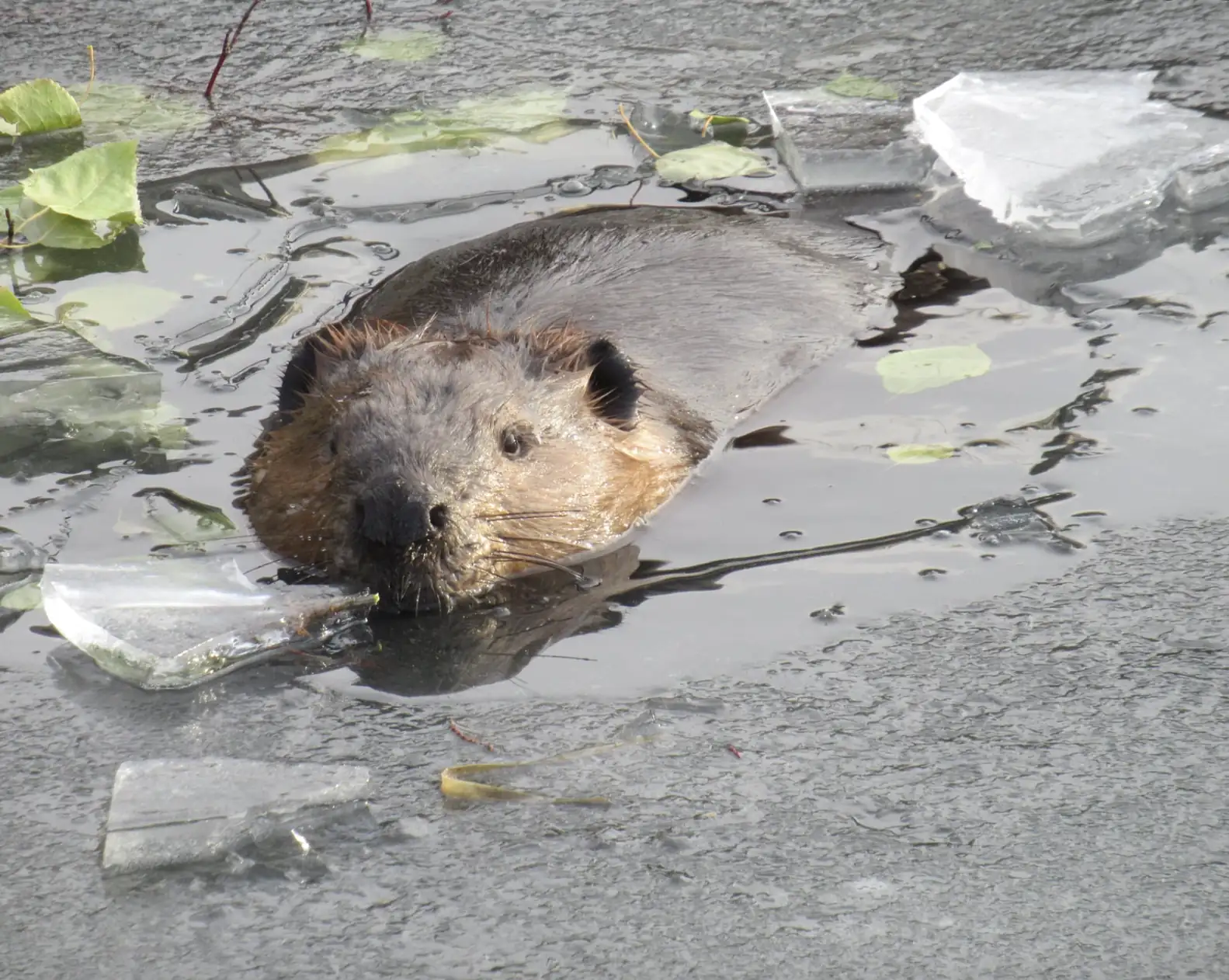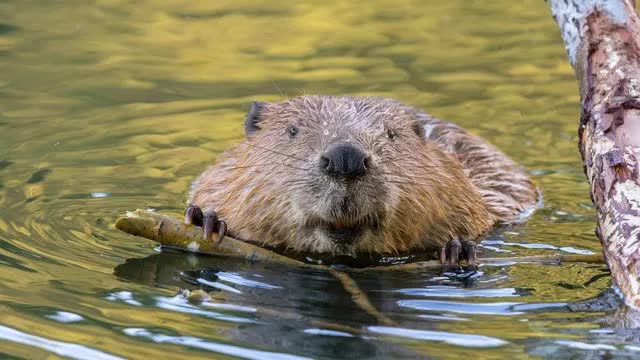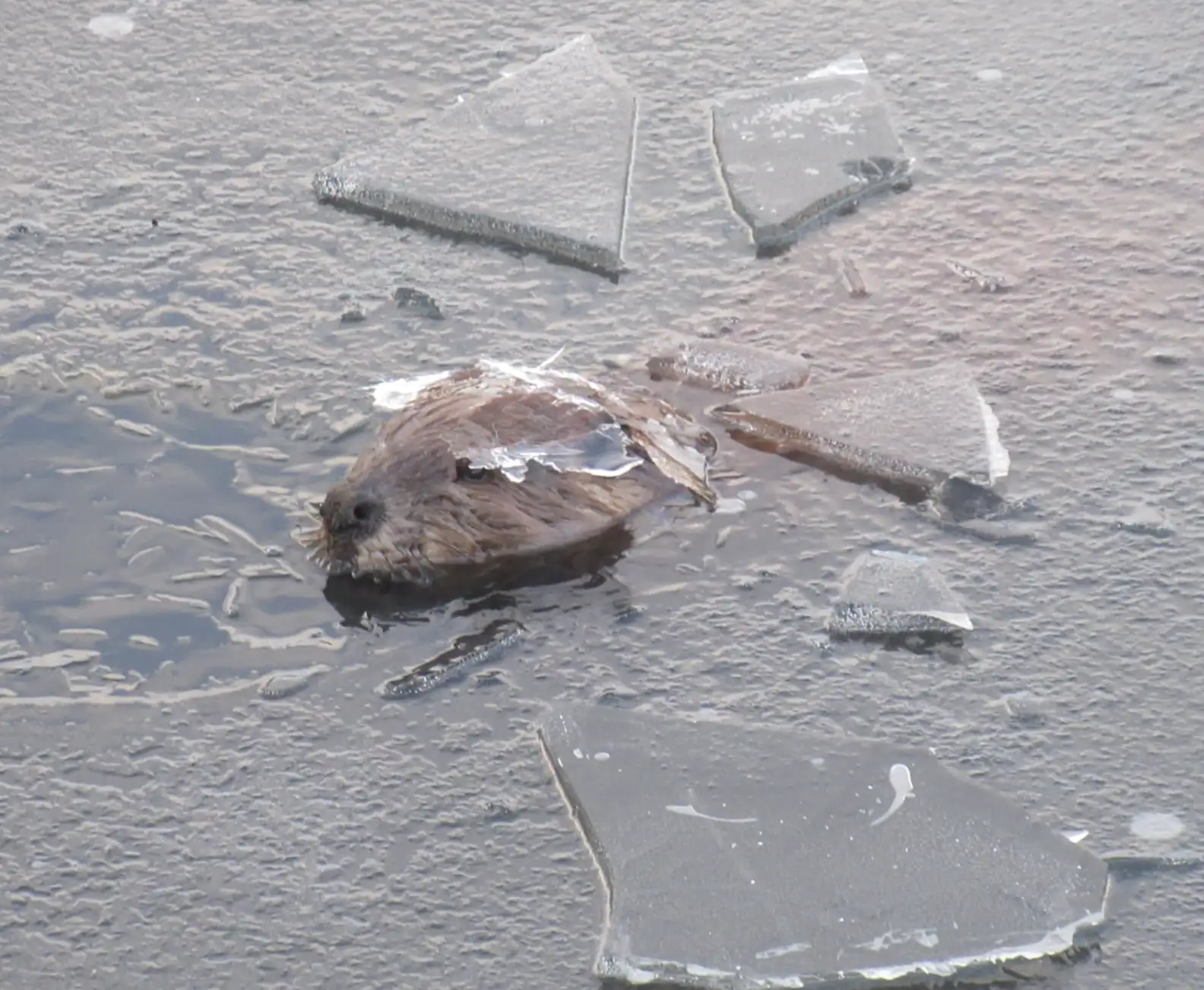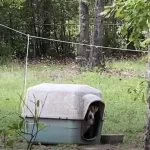Beavers Don’t Hibernate — They Do Something Much Weirder
- Kimanh
- September 22, 2025

In the quiet corners of Saskatoon, Canada, Mike Digout has spent years observing the fascinating beavers that live near his home. During the warmer months, they’re easy to spot, swimming in the pond, socializing, and foraging for food. But when winter arrives, things change.
While many animals are known to hibernate through the cold months, beavers don’t follow that pattern. In fact, they do something far more mysterious. “They’re actually awake all winter,” Digout explains.
So, how do they manage to stay hidden during the frigid months? The answer lies beneath the ice. Digout remembers his first winter observing the beavers. Even though their pond had frozen over, he noticed something remarkable: the beavers were still swimming—under the ice. In early winter, before the ice becomes thick, the beavers are able to break through the surface and easily move between the water and land. But as the temperatures drop, the ice becomes too thick to break through.

So, how do they survive once the ice gets too thick? The beavers have come up with a brilliant solution: they build their lodge at the edge of the river using sticks and mud, and then they create an underground tunnel connecting the bottom of the pond to their shelter. This clever system allows them to live out the entire winter beneath the ice.
During these months, beavers use these underground tunnels to travel back and forth between their lodges and the water. Their lodges provide direct access to the pond, so they stay hidden below the ice for several months, emerging only in the spring. “We won’t see them for three or four months,” says Digout, “because once it’s completely frozen over, they have no way out of their habitat.”
Staying under the ice has its benefits. It helps the beavers avoid land-based predators like wolves, bears, and coyotes. Additionally, it allows them to keep access to the food they’ve carefully stashed away for the winter months. “Beavers spend the autumn collecting branches and then build a large food cache near their lodge,” Digout explains.

Fortunately, beavers can hold their breath for 10 to 15 minutes, which makes swimming back and forth between their lodges and food stores under the ice relatively easy. While we’re all familiar with beaver dams, the underground lodges and tunnels they create are arguably even more impressive.
“The engineering involved in building a lodge… it’s mind-boggling,” Digout says. “And the fact that these little furry creatures do it all instinctively is really fascinating.”
Although Digout misses seeing the beavers out and about on dry land during the warmer months, he loves witnessing their unique behavior. “It’s a real thrill to see them swimming around under the ice,” he adds.
For beavers, winter isn’t a time to hibernate—it’s a time to rely on their incredible survival skills, hidden away beneath the ice.
See more about cute animals here:











